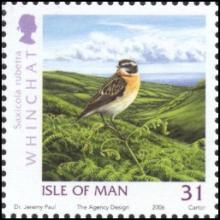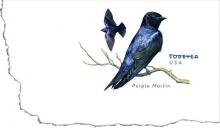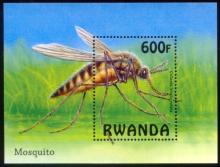Pesticides are implicated in the decline of insects
With almost one million described species, insects eclipse all other forms of animal life on Earth, not only in sheer numbers, diversity, and biomass, but also in their importance to functioning ecosystems. However, human-induced changes to the natural environment threaten vast numbers of these organisms and the vital services they provide to ecosystems. Leading causes of insect endangerment are habitat destruction or alteration of habitat by chemical pollutants (such as pesticides). Pesticides are implicated in the decline of many native bees and some aquatic insects.









